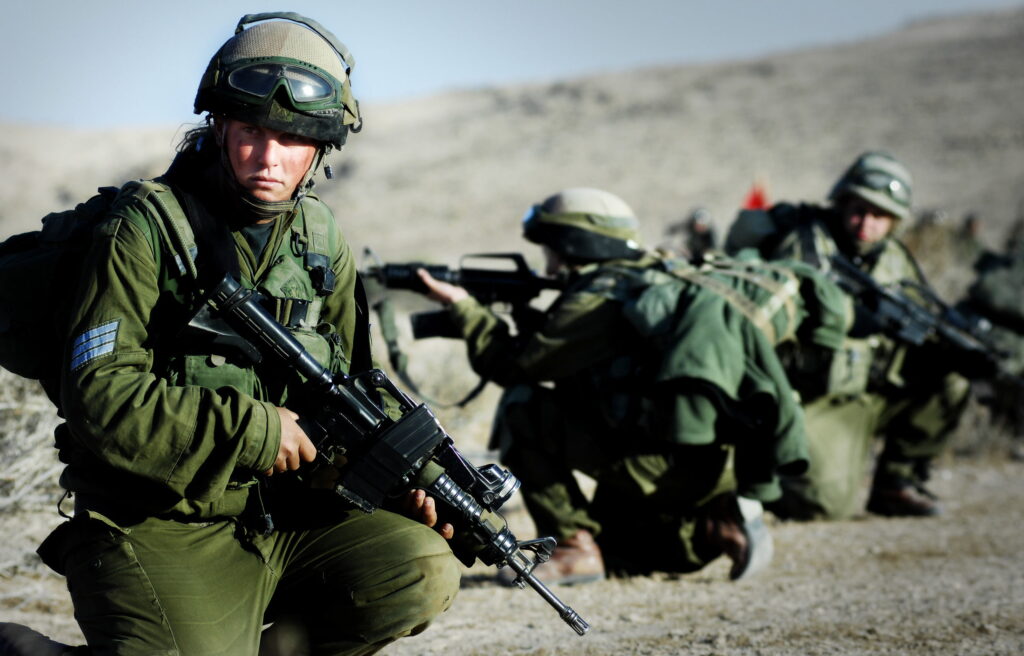Background of the Ceasefire Agreement
The ceasefire, mediated by the United States and France, aimed to halt over a year of hostilities between Israel and Hezbollah. Key provisions included the removal of Hezbollah’s military presence south of the Litani River and the deployment of the Lebanese Armed Forces (LAF) to secure the vacated areas. In return, Israel was to withdraw its troops within a 60-day timeframe, culminating on February 18, 2025.
Israeli officials have cited security concerns as the primary reason for retaining troops in southern Lebanon. The Israeli Defense Forces (IDF) argue that the LAF has not fully established control over the region, and there are indications that Hezbollah has not entirely retreated beyond the Litani River as required. Prime Minister Benjamin Netanyahu’s office released a statement emphasizing that the IDF’s withdrawal is “contingent on the Lebanese army deploying in southern Lebanon and fully and effectively enforcing the agreement, while Hezbollah withdraws beyond the Litani.”
The IDF maintains that their continued presence is a temporary measure aimed at safeguarding Israeli communities from potential threats. Plans are in place to transfer control of these positions to the LAF once the terms of the ceasefire are fully implemented.
Reactions from Lebanon and Hezbollah
Lebanon’s government has expressed strong opposition to Israel’s decision. President Joseph Aoun has called for full Israeli withdrawal as per the ceasefire agreement, emphasizing the importance of respecting Lebanon’s sovereignty. Hezbollah’s Deputy Secretary-General, Naim Qassem, stated that any Israeli military presence beyond the deadline would be considered an occupation, urging the Lebanese state to address the violation through all means guaranteed by international charters.
Recent Escalations
The situation has been further complicated by recent military actions. An Israeli drone strike in Sidon, southern Lebanon, resulted in the death of Mohammad Shaheen, the head of Hamas’ military operations in the area. This operation has intensified concerns about the potential for renewed conflict and the fragility of the current ceasefire.
International Implications
The United States, a key mediator in the ceasefire, has acknowledged Israel’s security concerns. National Security Council spokesperson Brian Hughes stated, “We are pleased that the IDF has started the withdrawal from the central regions, and we continue to work closely with our regional partners to finalize the extension.”
However, the prolonged Israeli presence in Lebanon has drawn criticism from various international actors, who stress the importance of adhering to the agreed-upon timelines to maintain regional stability.
Potential Consequences
Israel’s decision to extend its military presence in southern Lebanon carries several potential ramifications:
-
Increased Tensions: The extended occupation may lead to heightened tensions between Israel and Hezbollah, potentially sparking renewed hostilities.
-
Diplomatic Strain: Lebanon may seek support from international bodies, leading to increased diplomatic pressure on Israel to comply with the withdrawal agreement.
-
Impact on Civilians: Prolonged military presence and potential clashes could exacerbate the humanitarian situation, affecting both Lebanese and Israeli civilians in border areas.
Conclusion
As the situation unfolds, the international community will be closely monitoring developments in southern Lebanon. The delicate balance achieved by the November ceasefire hangs in the balance, with the actions of both Israel and Hezbollah playing critical roles in determining the region’s trajectory toward peace or renewed conflict.

